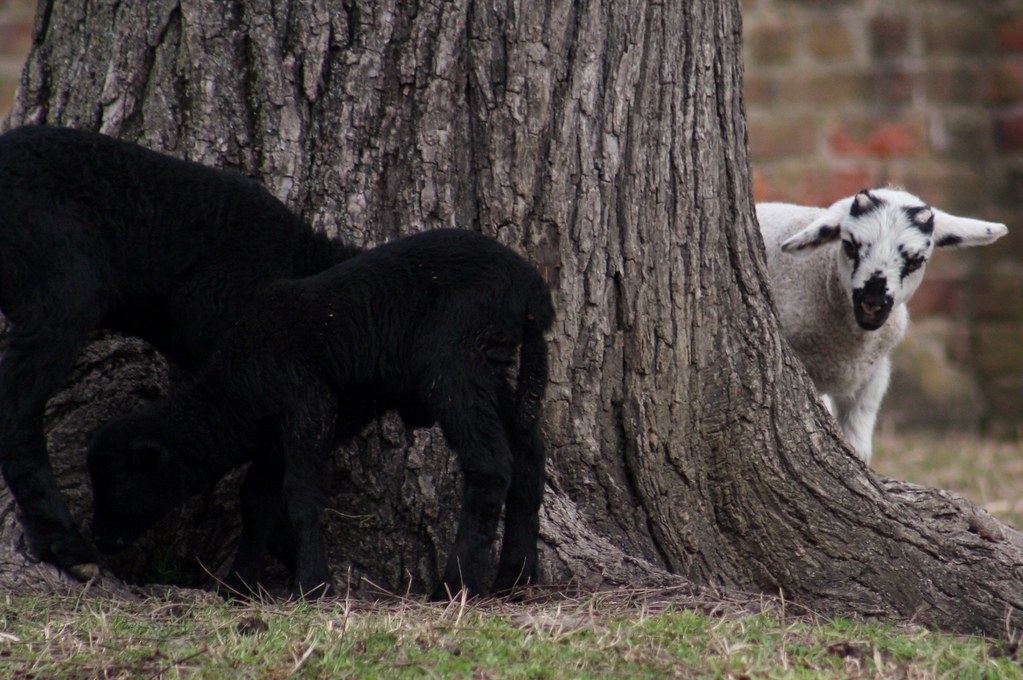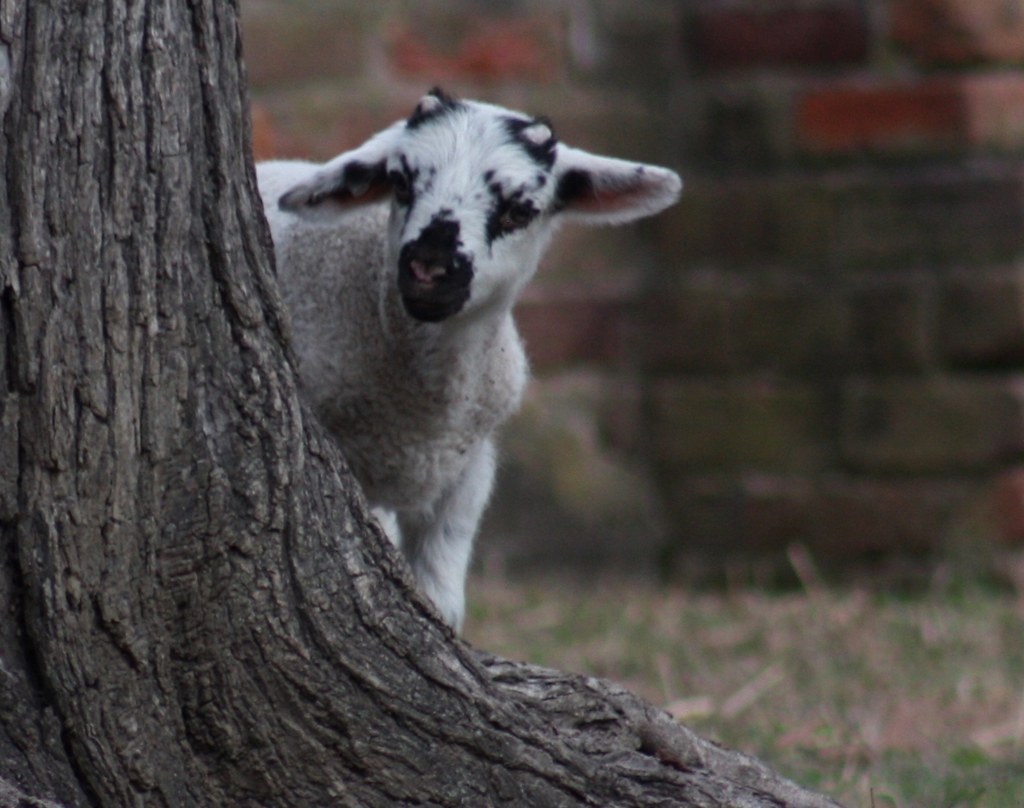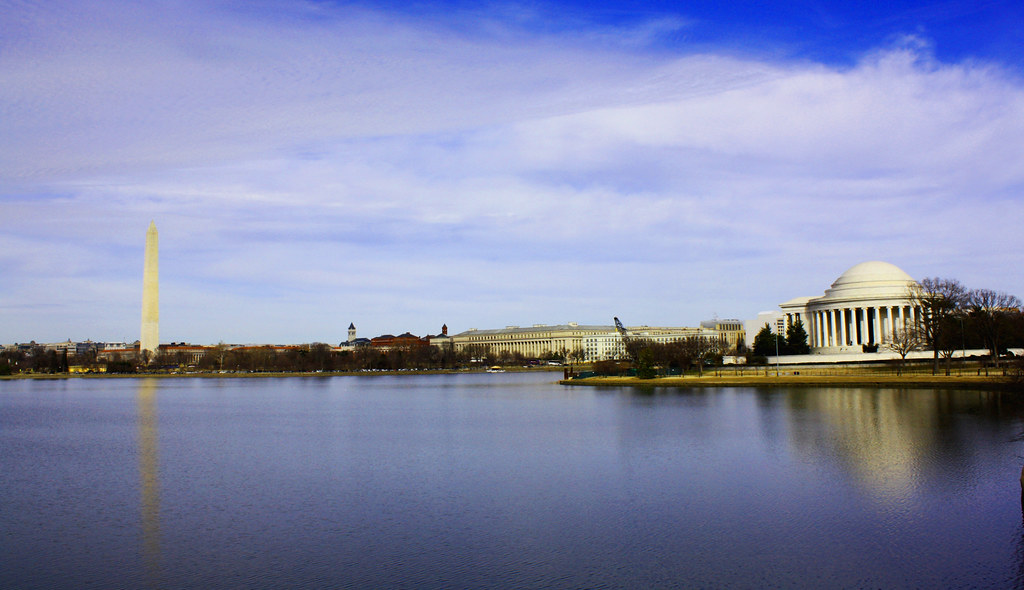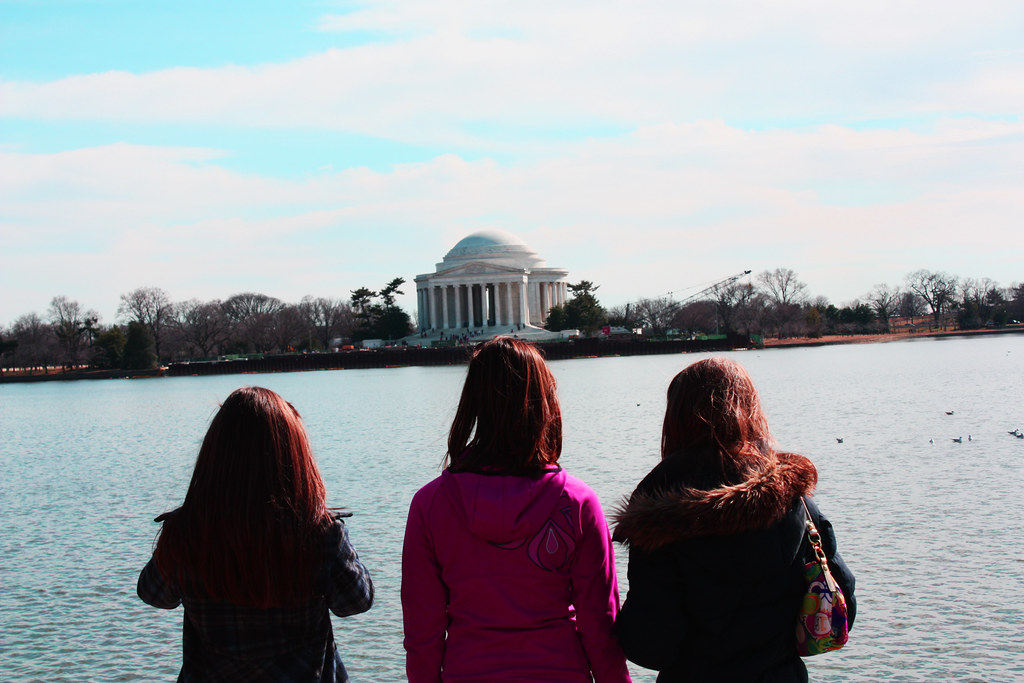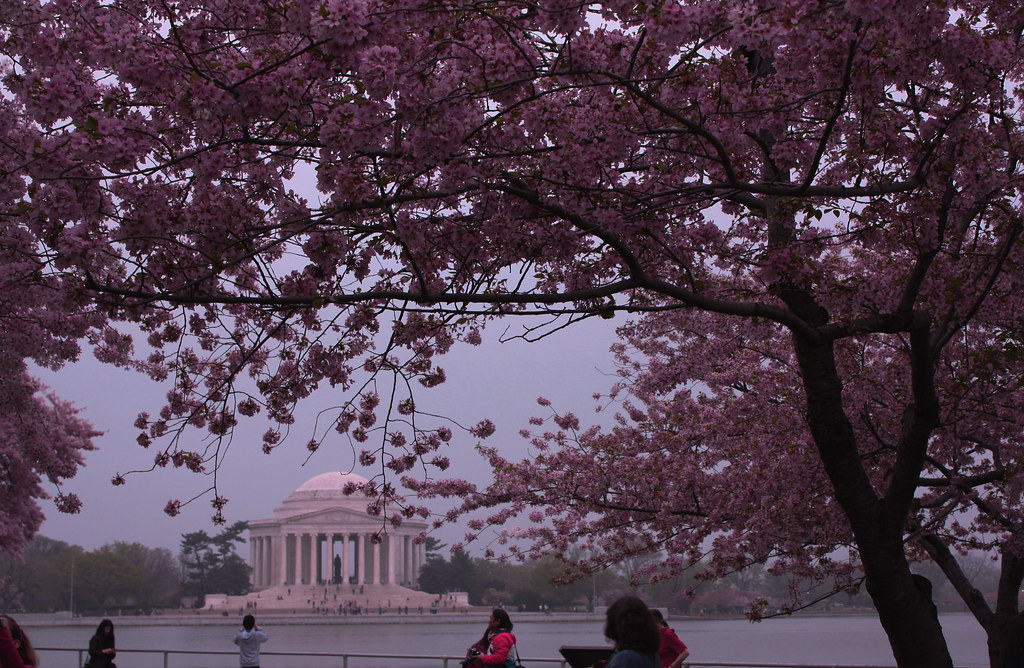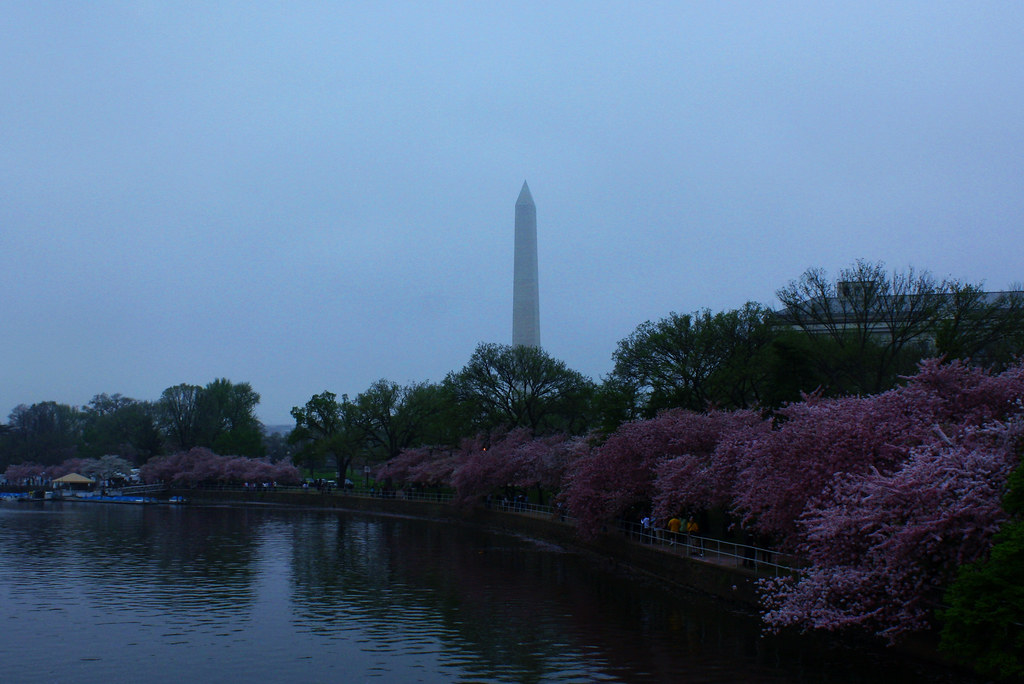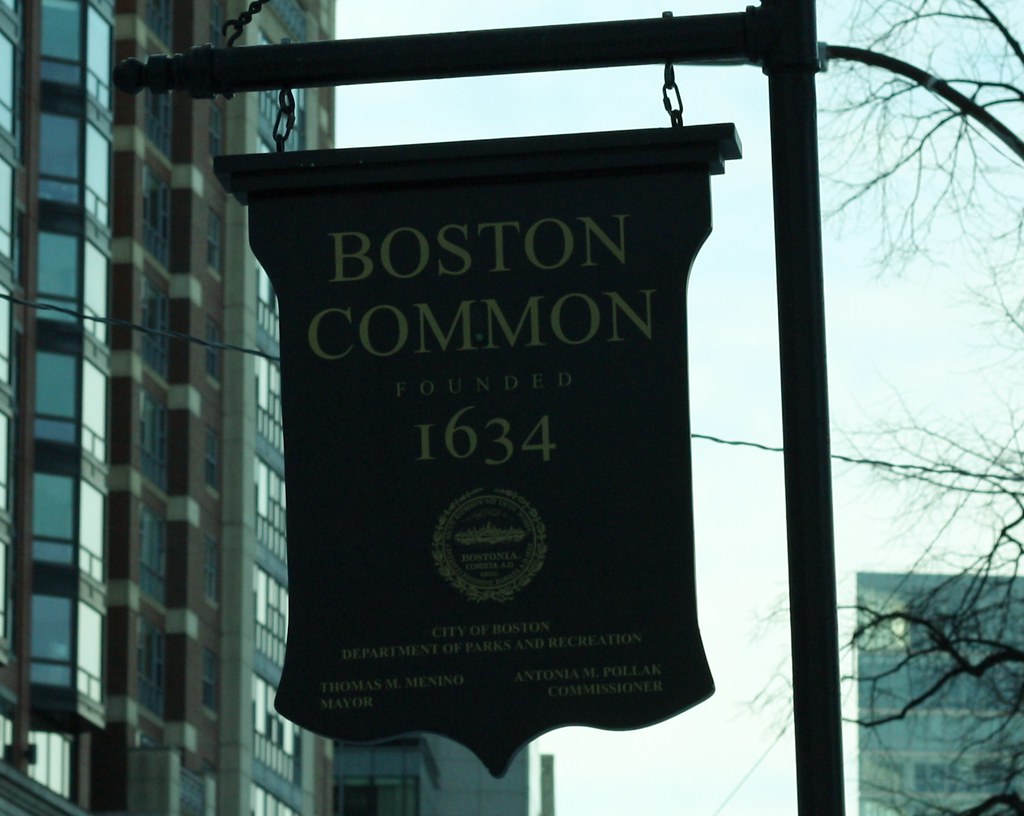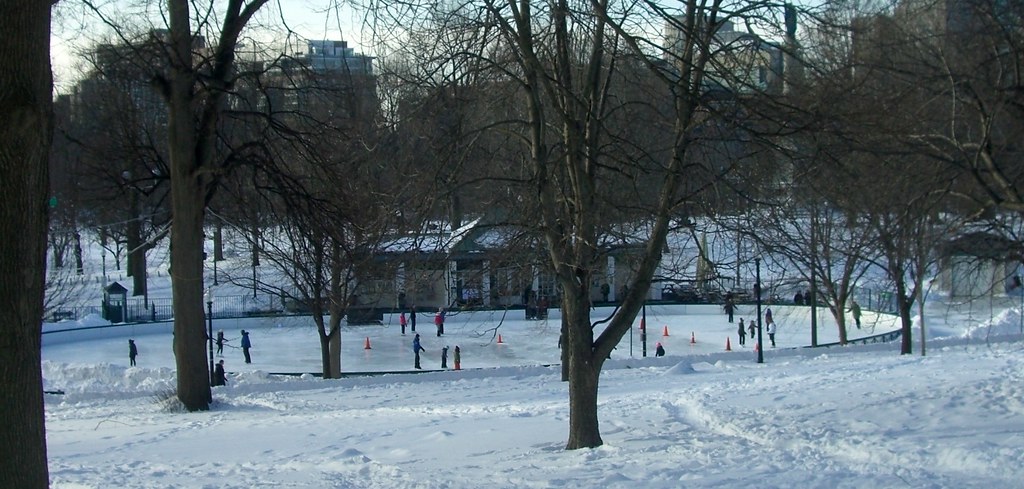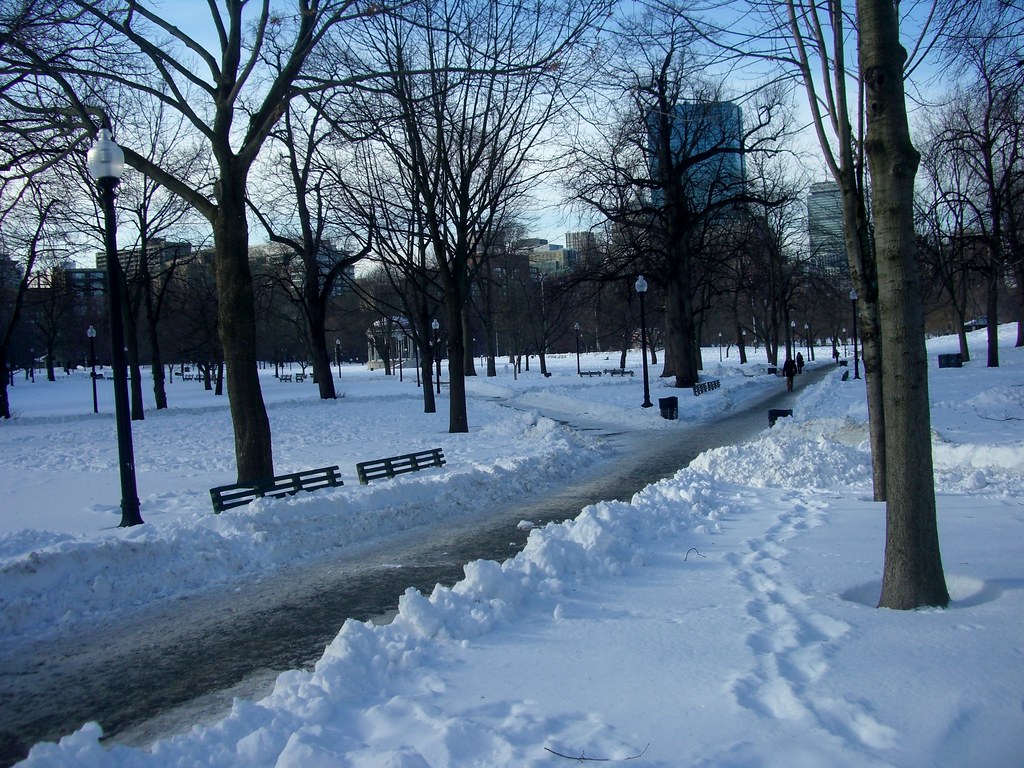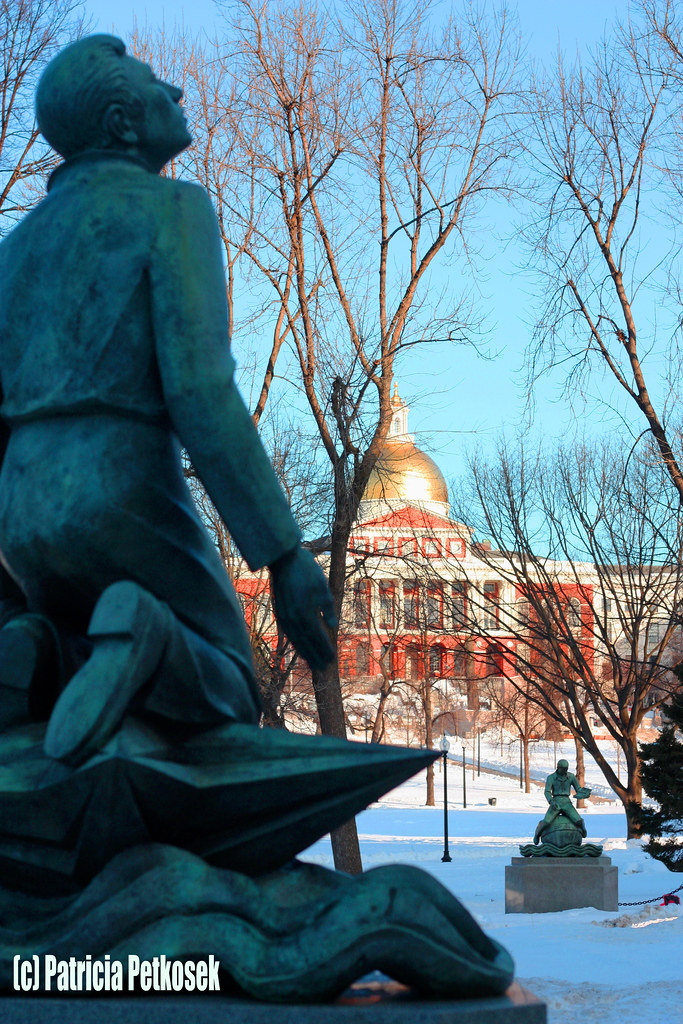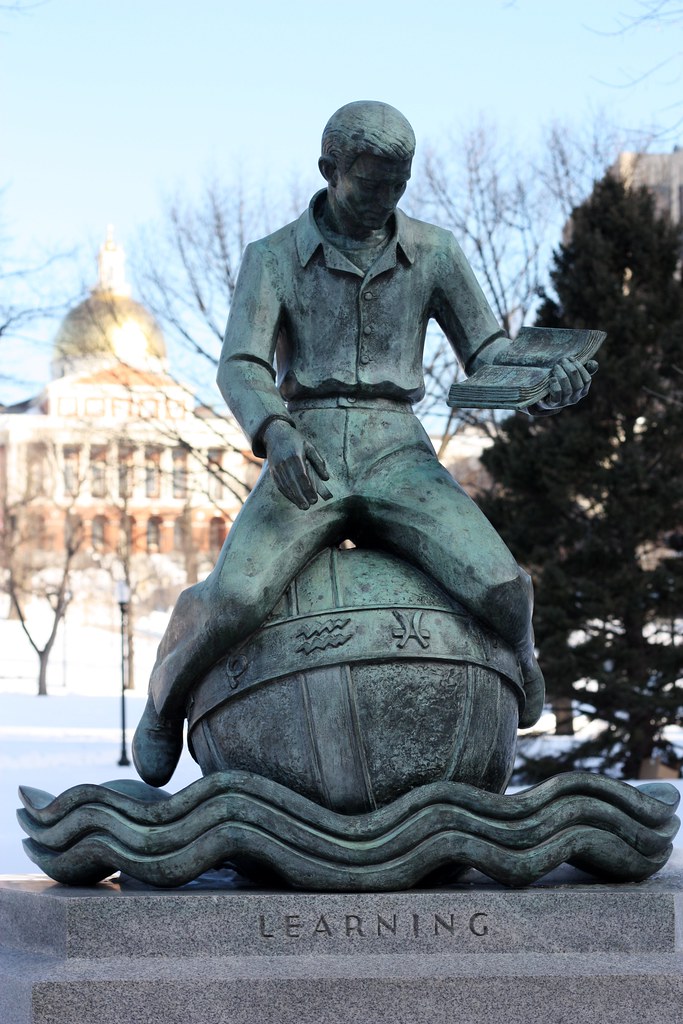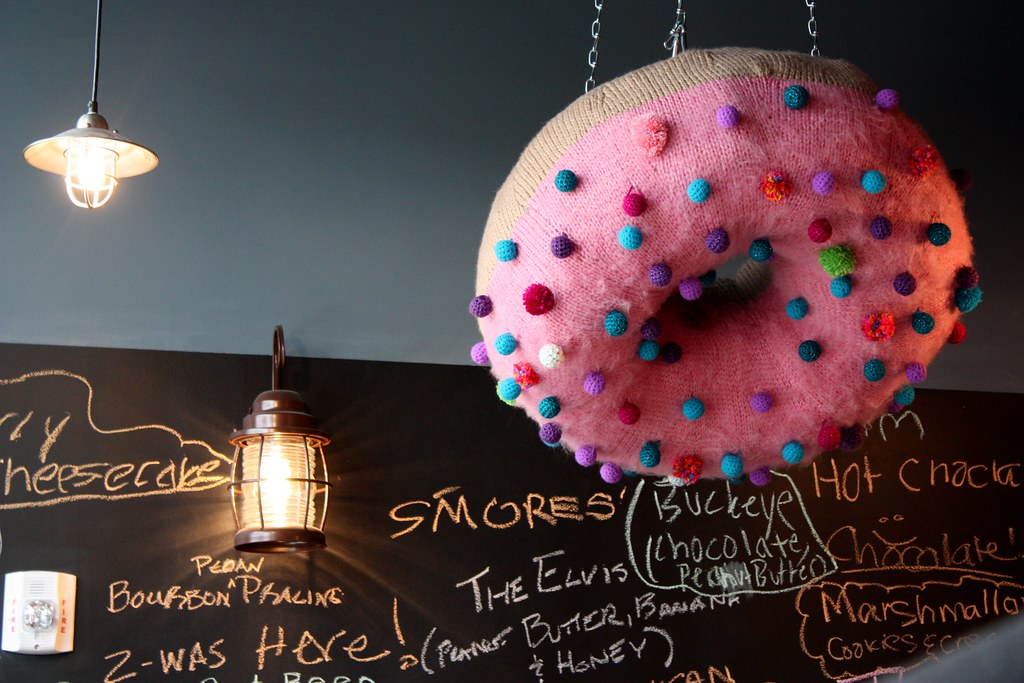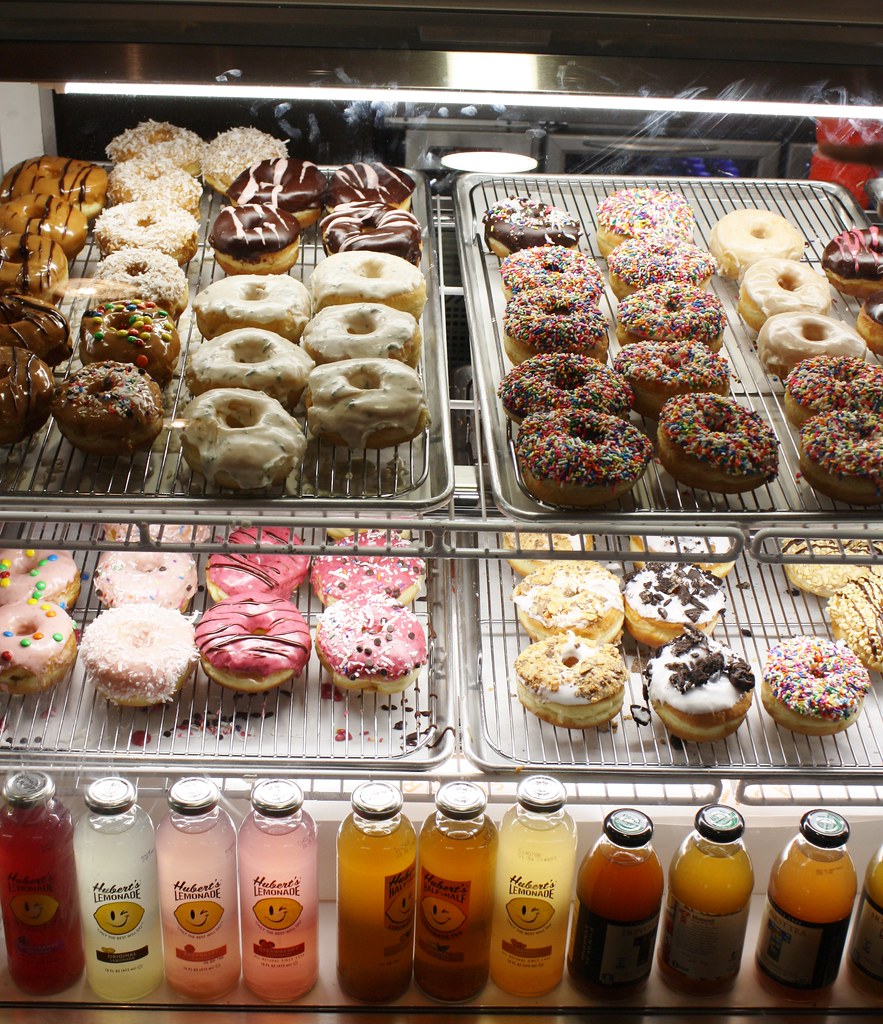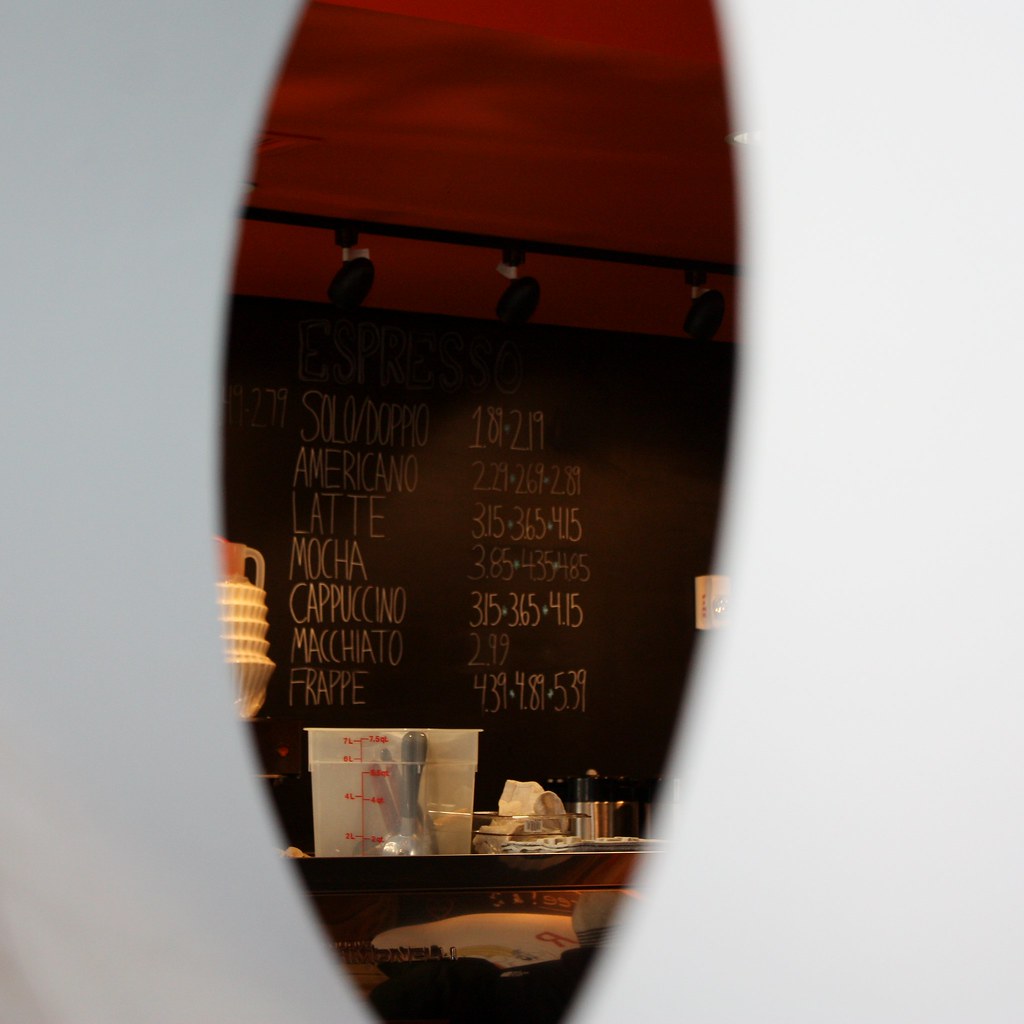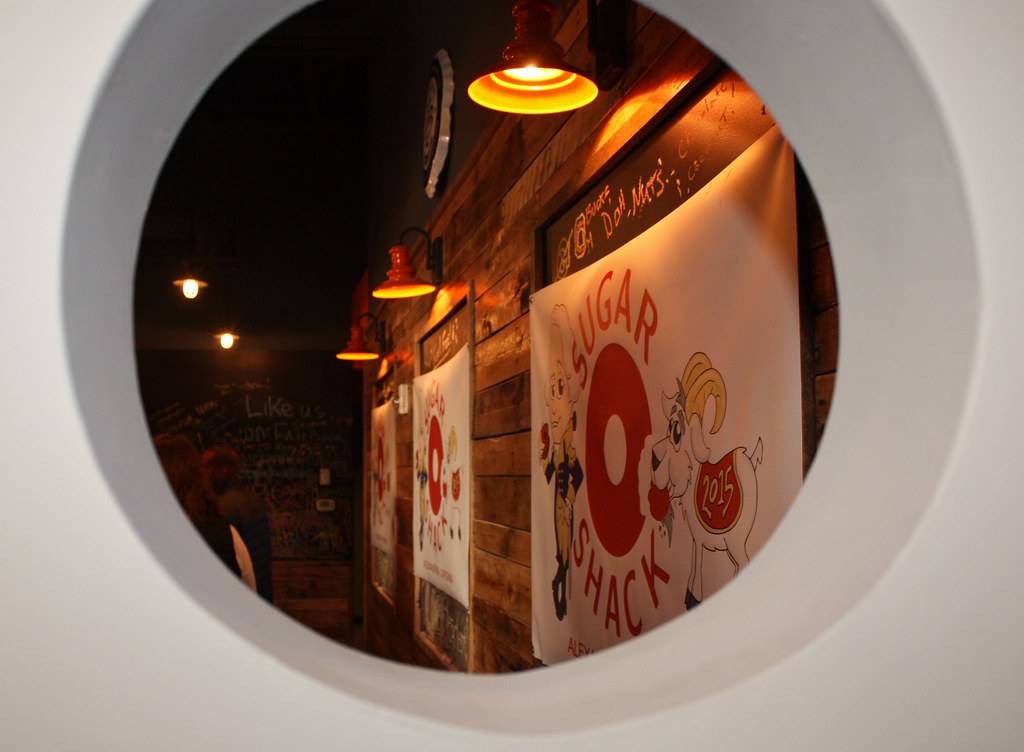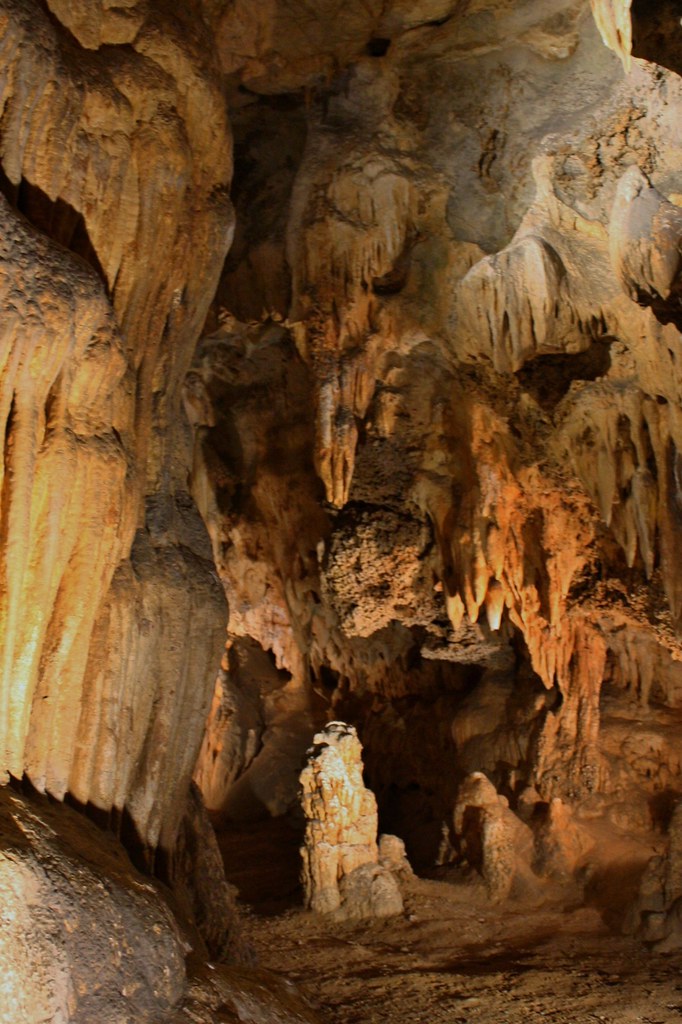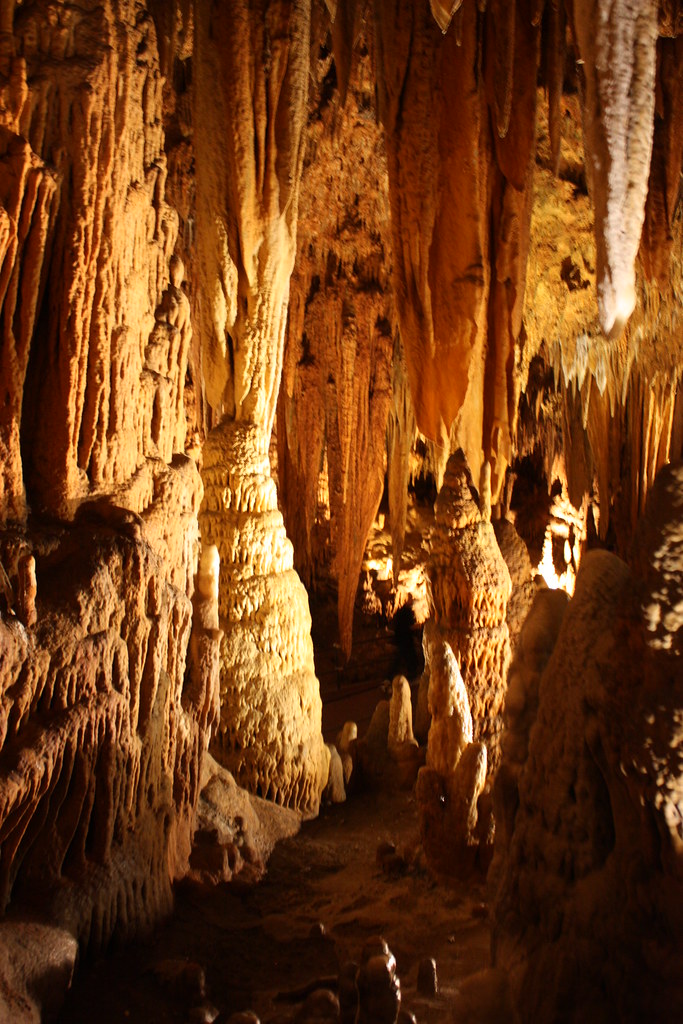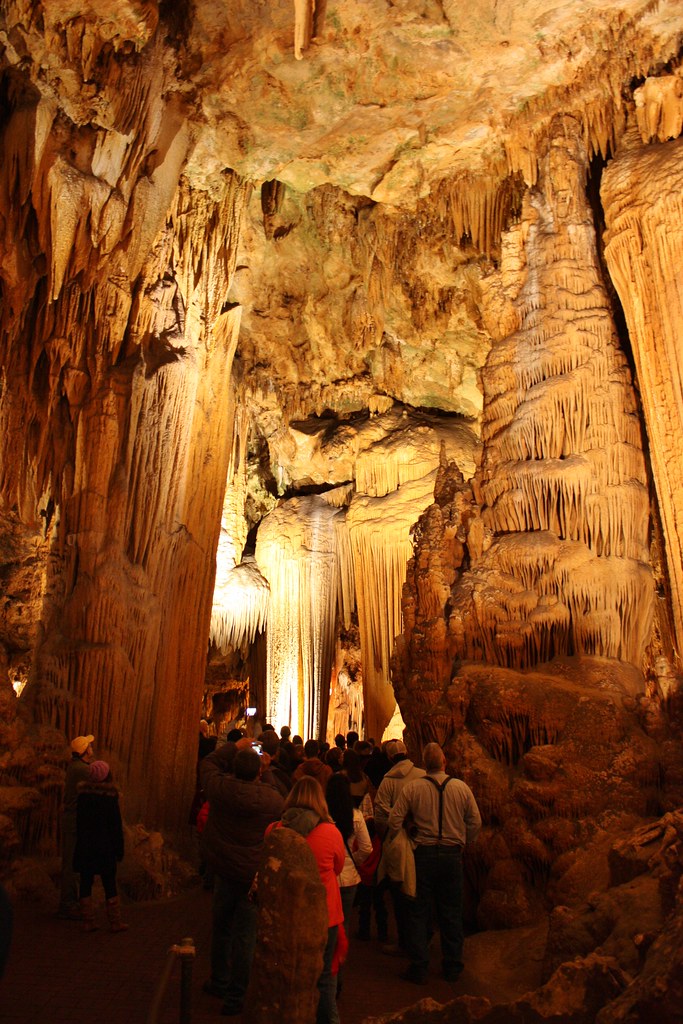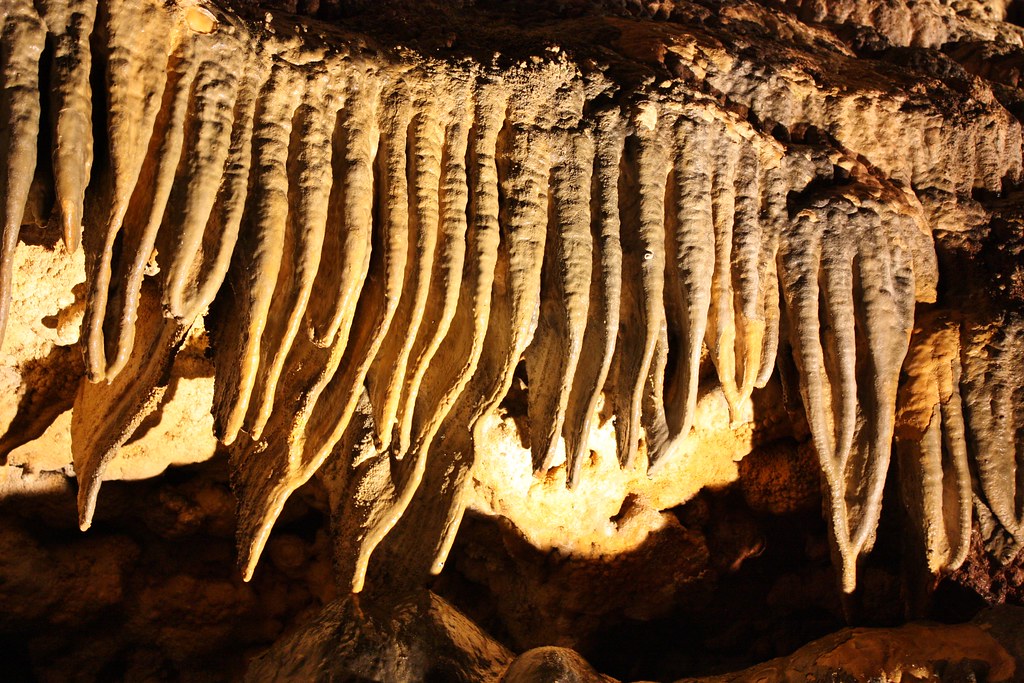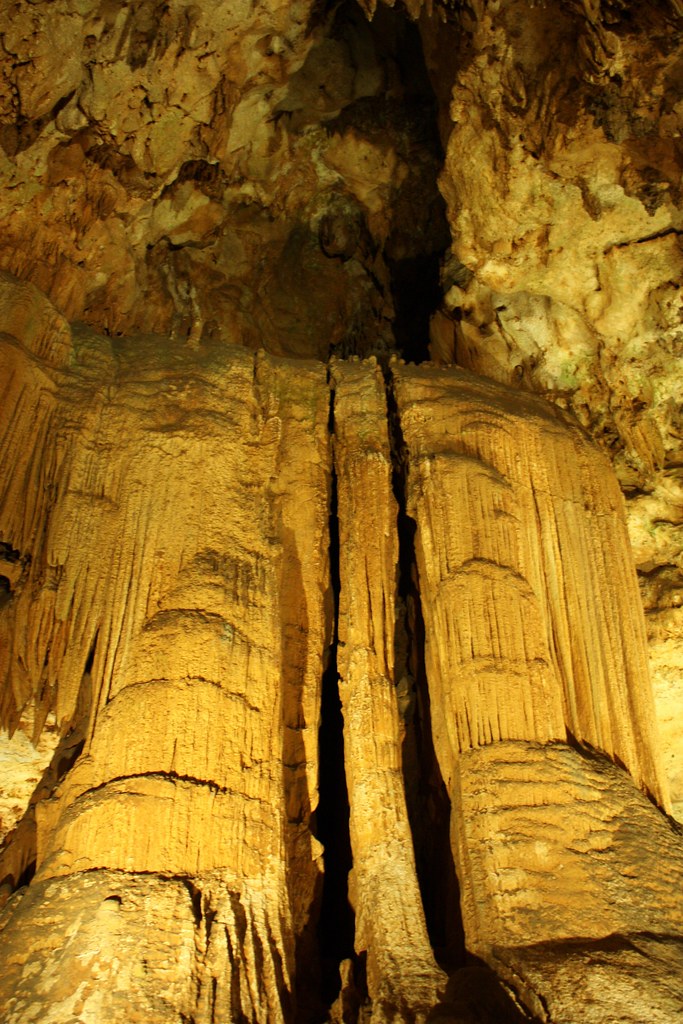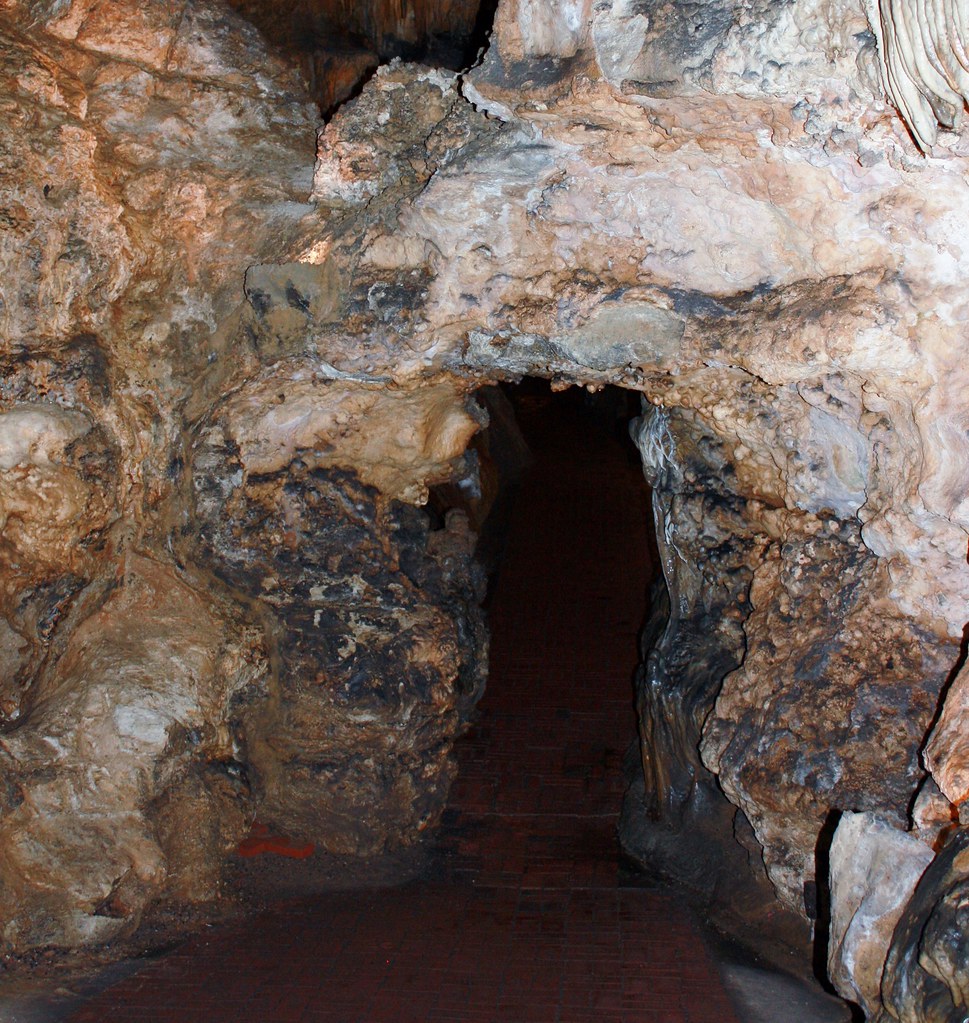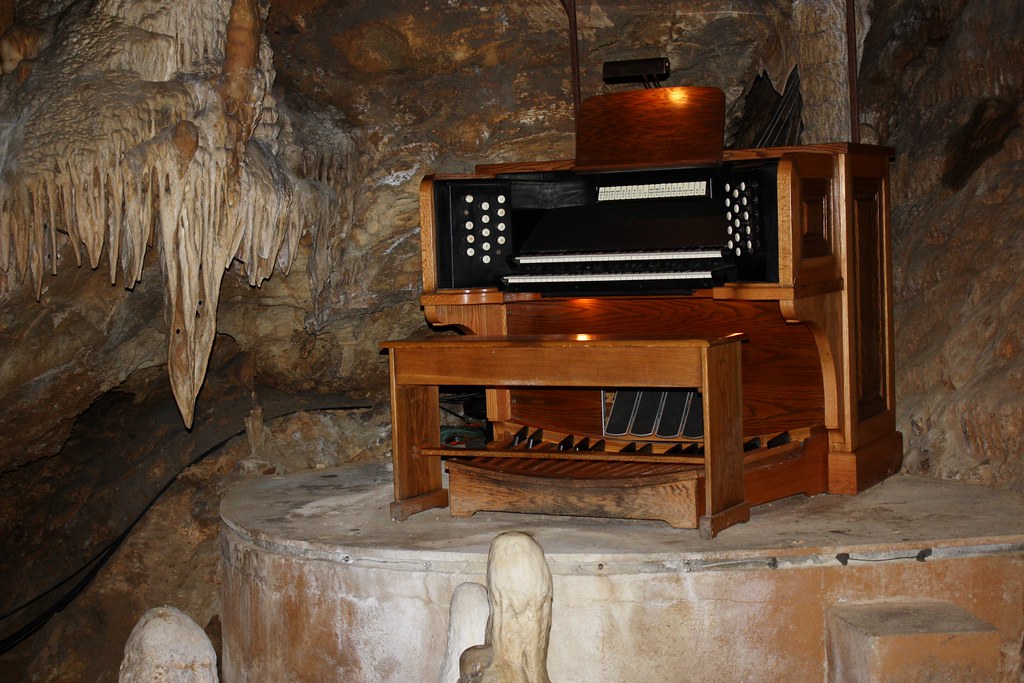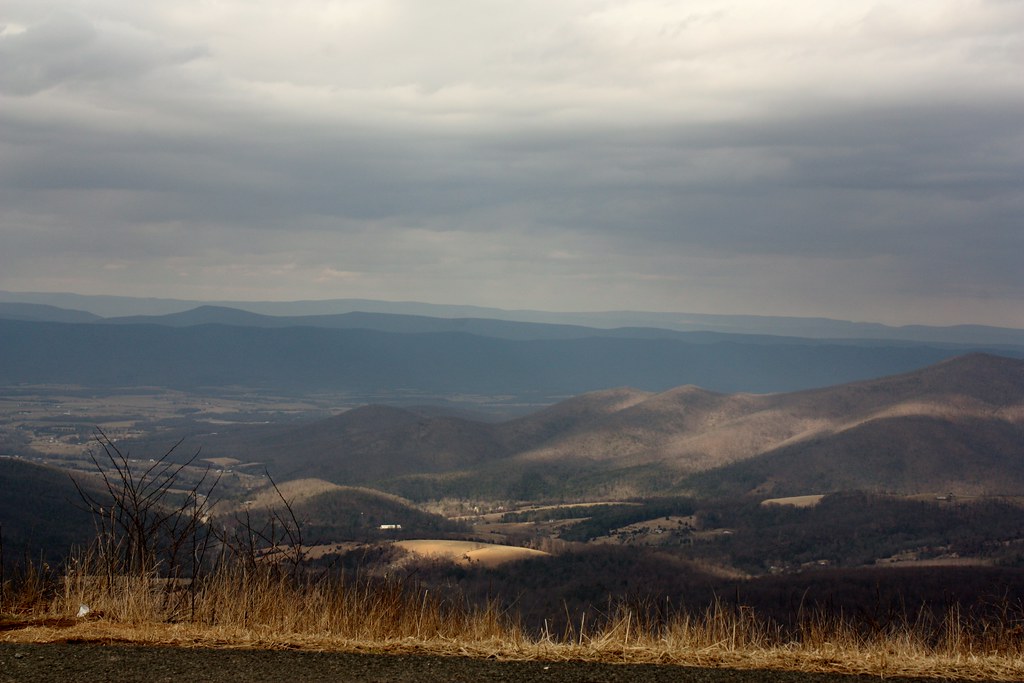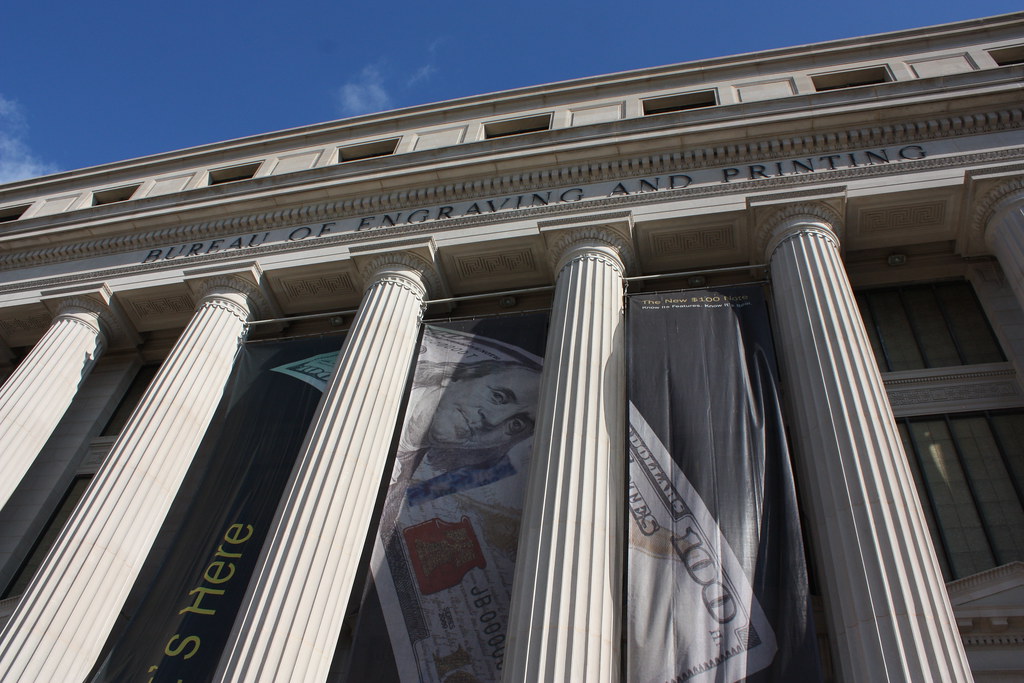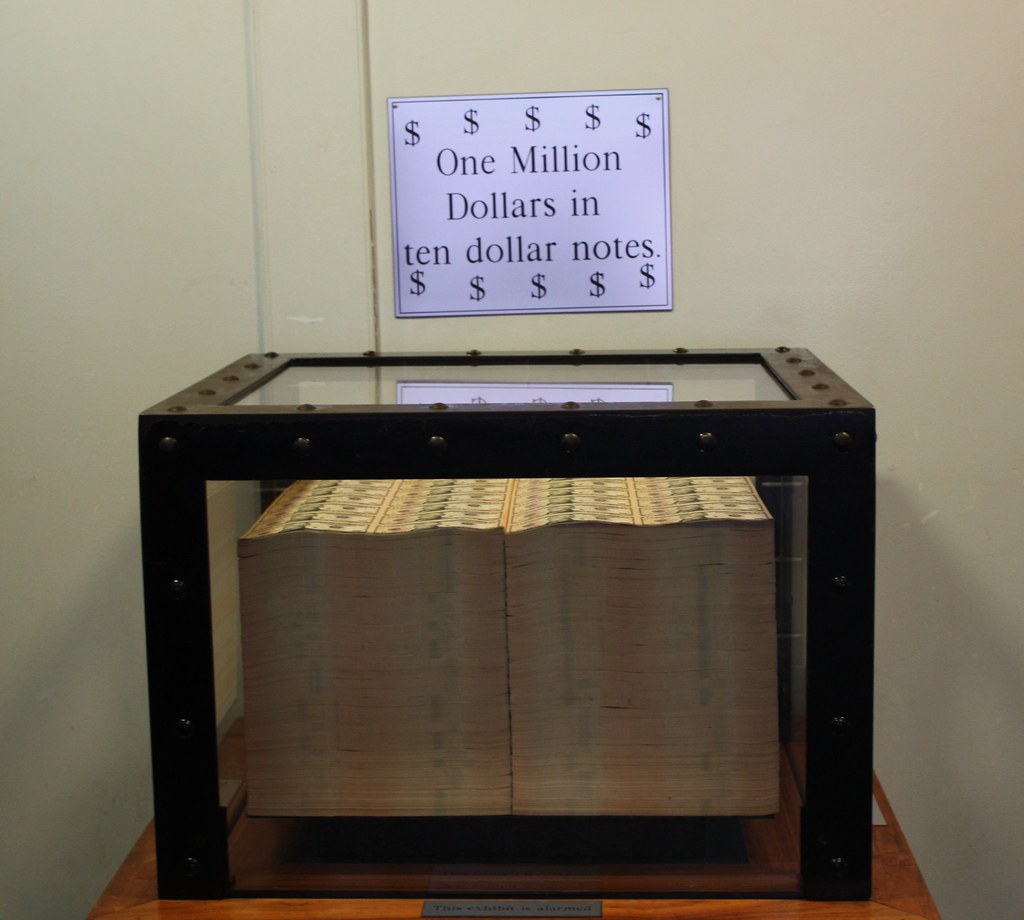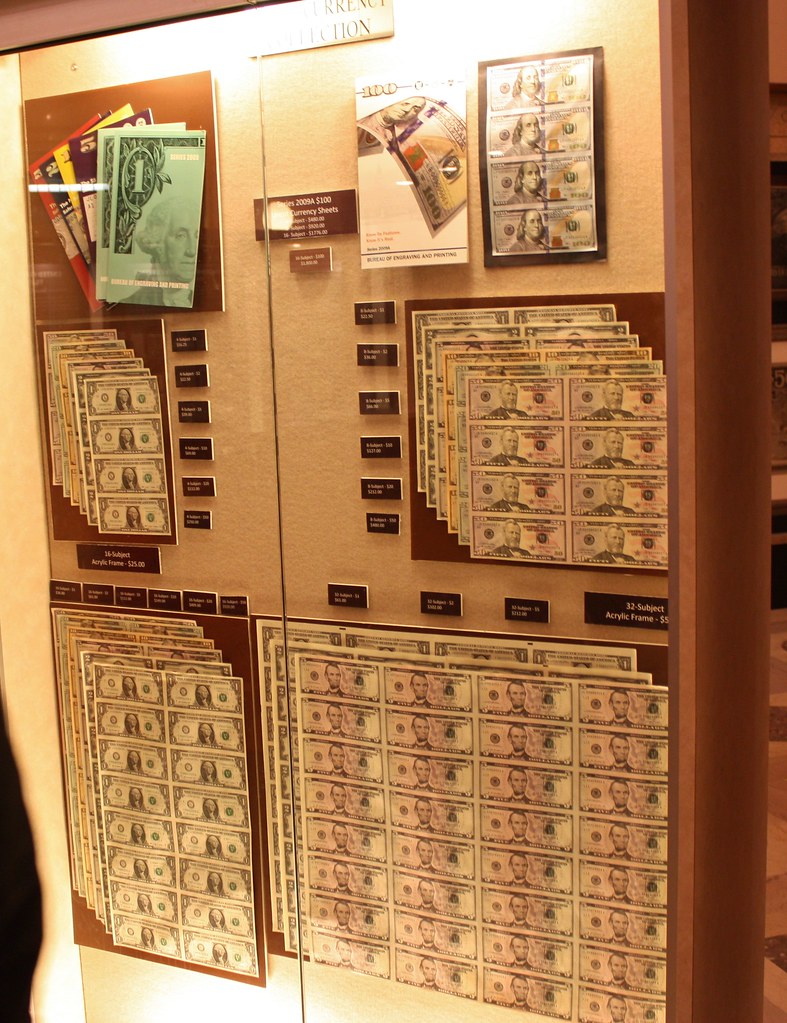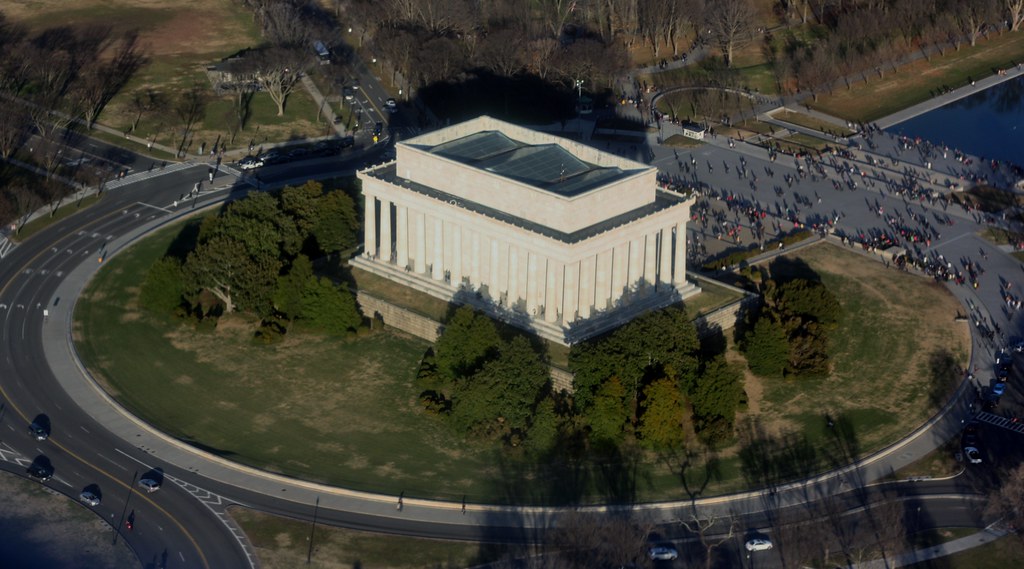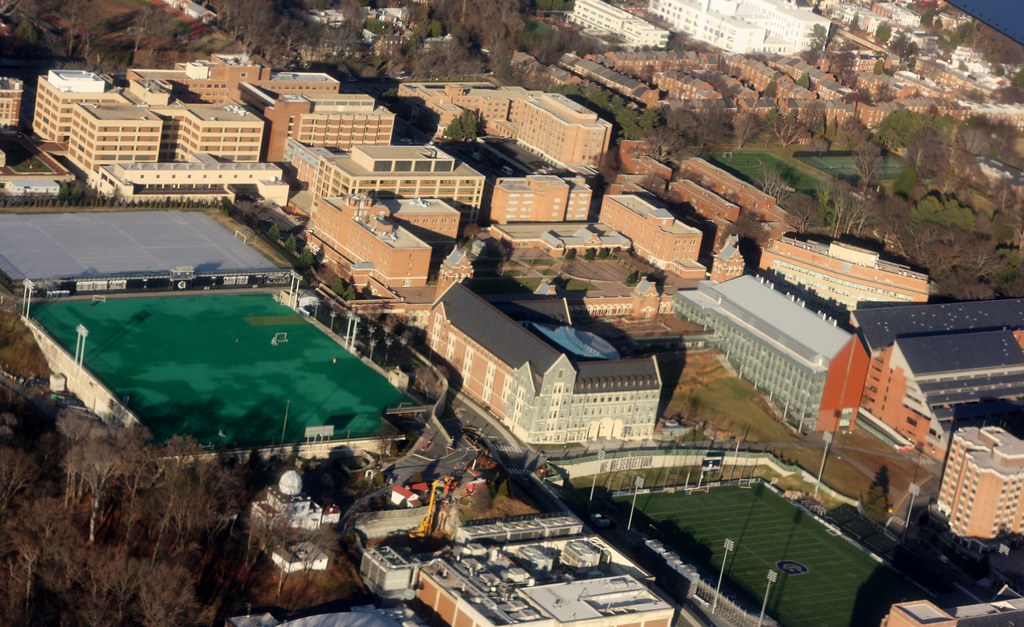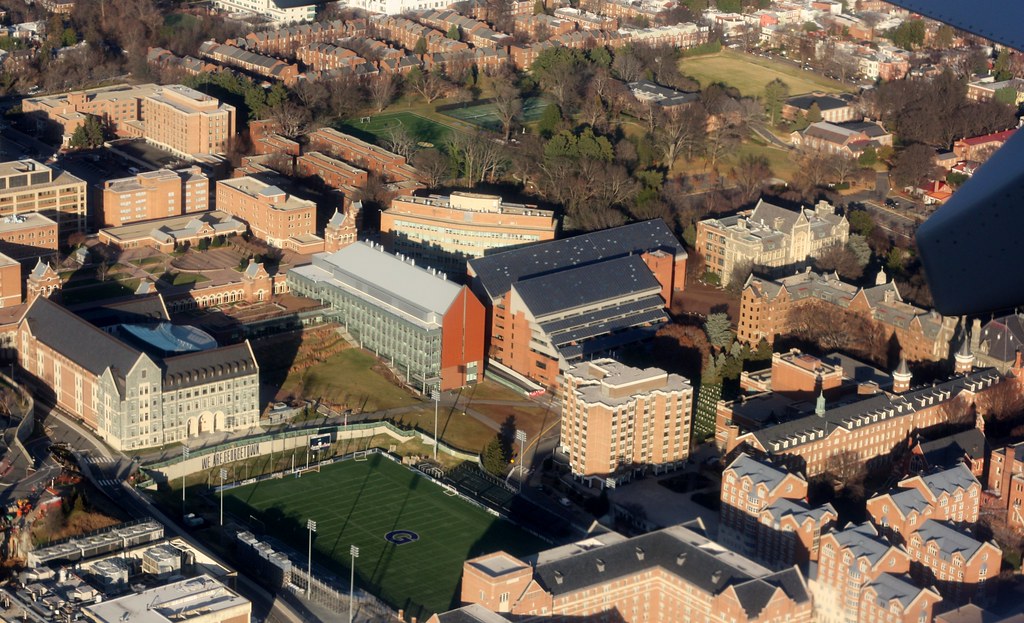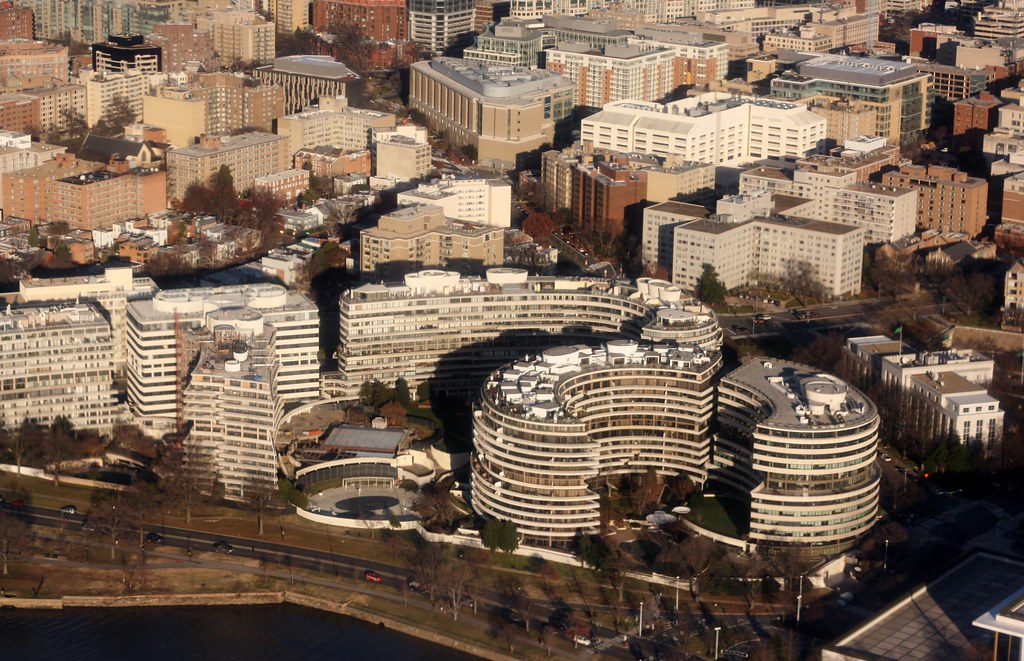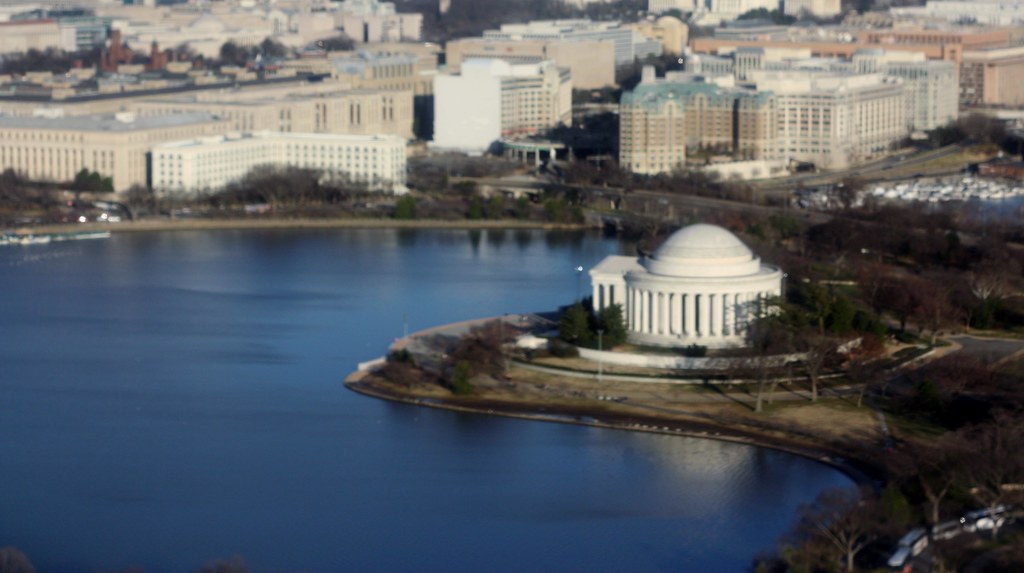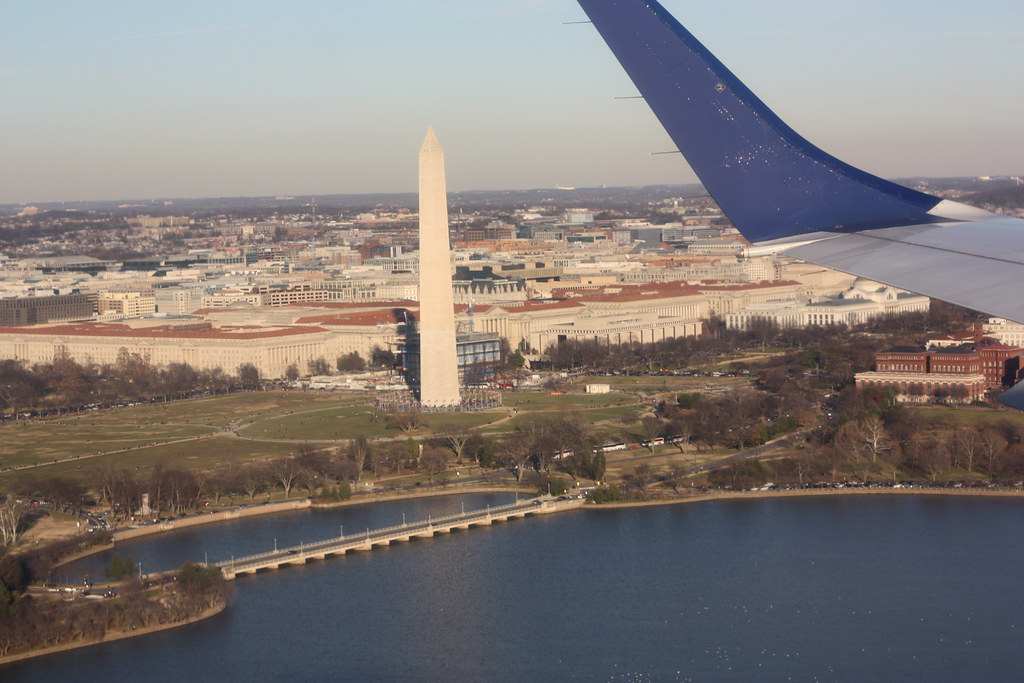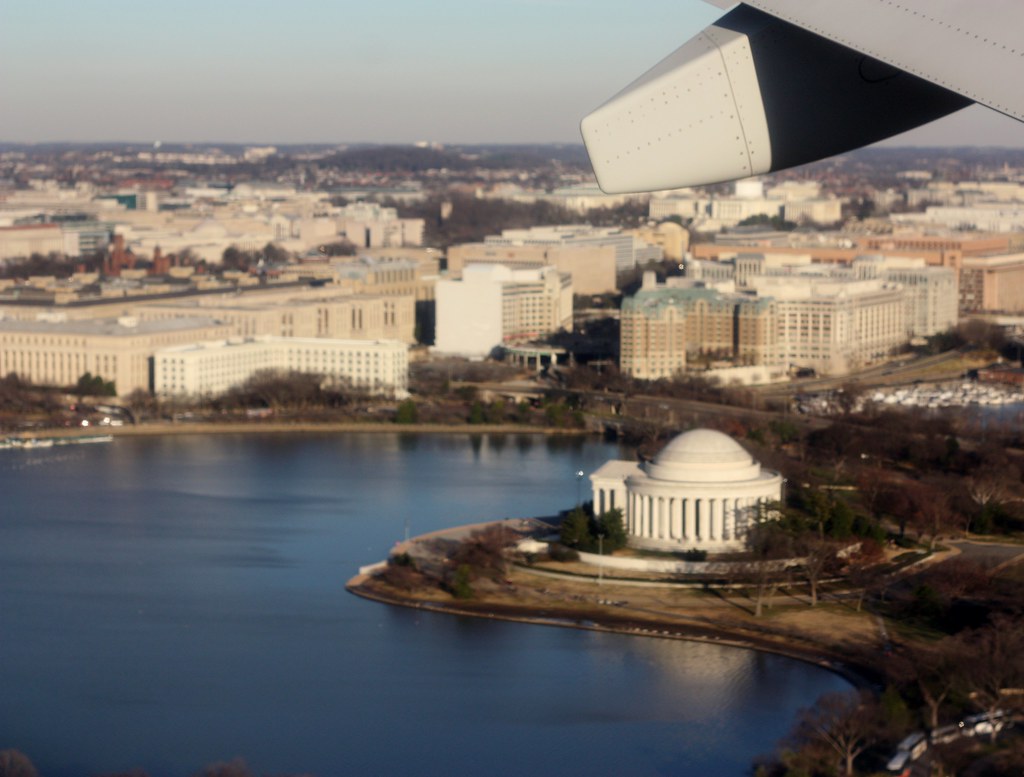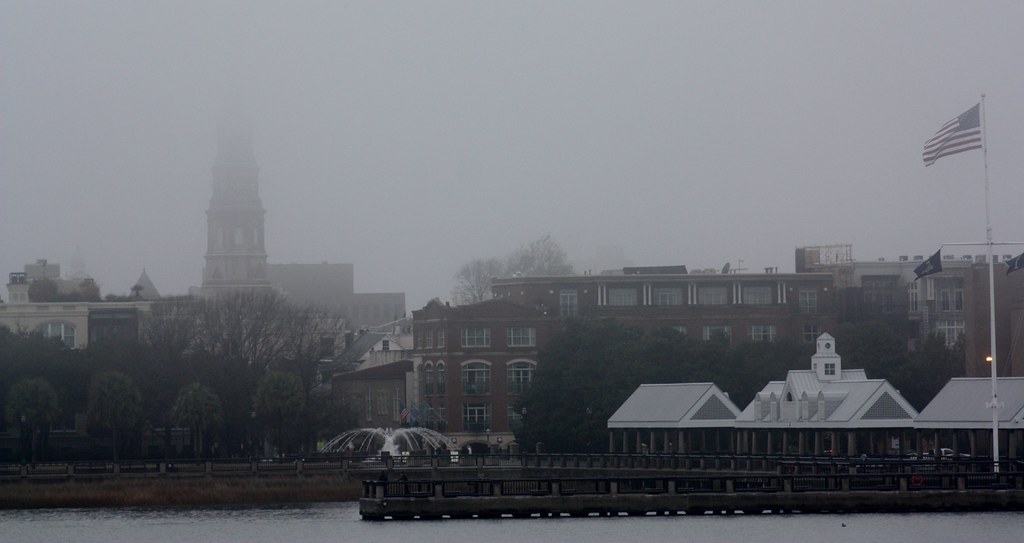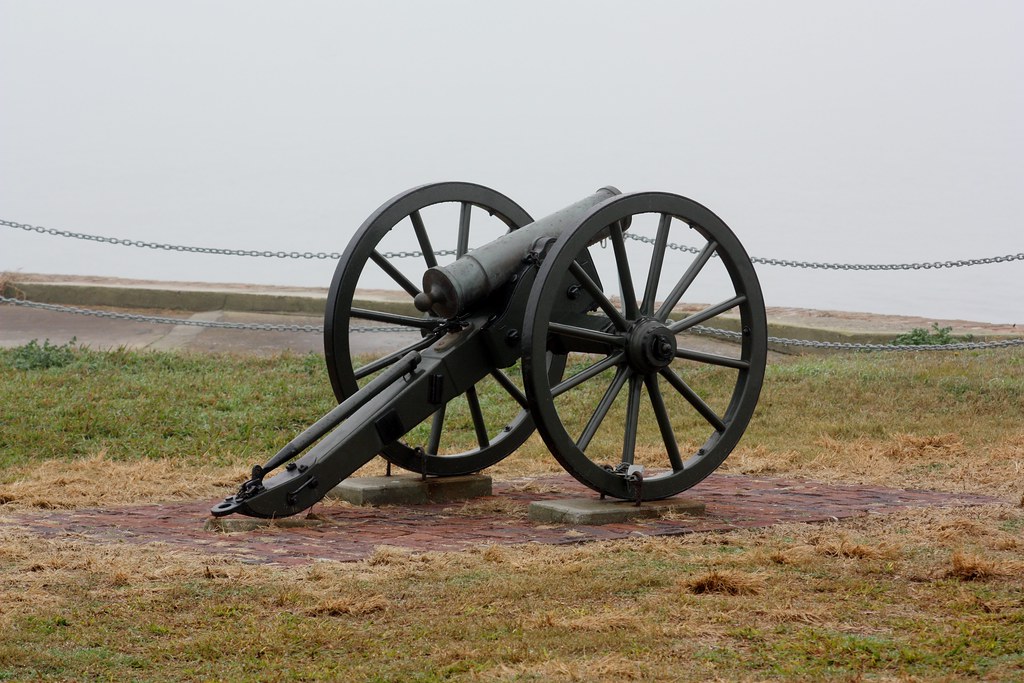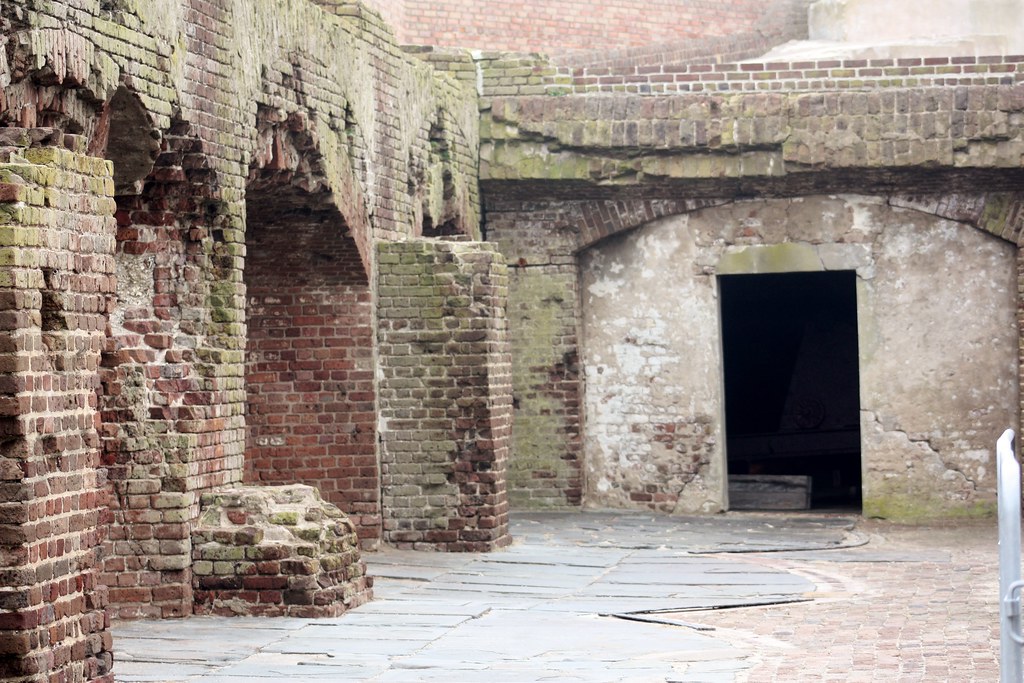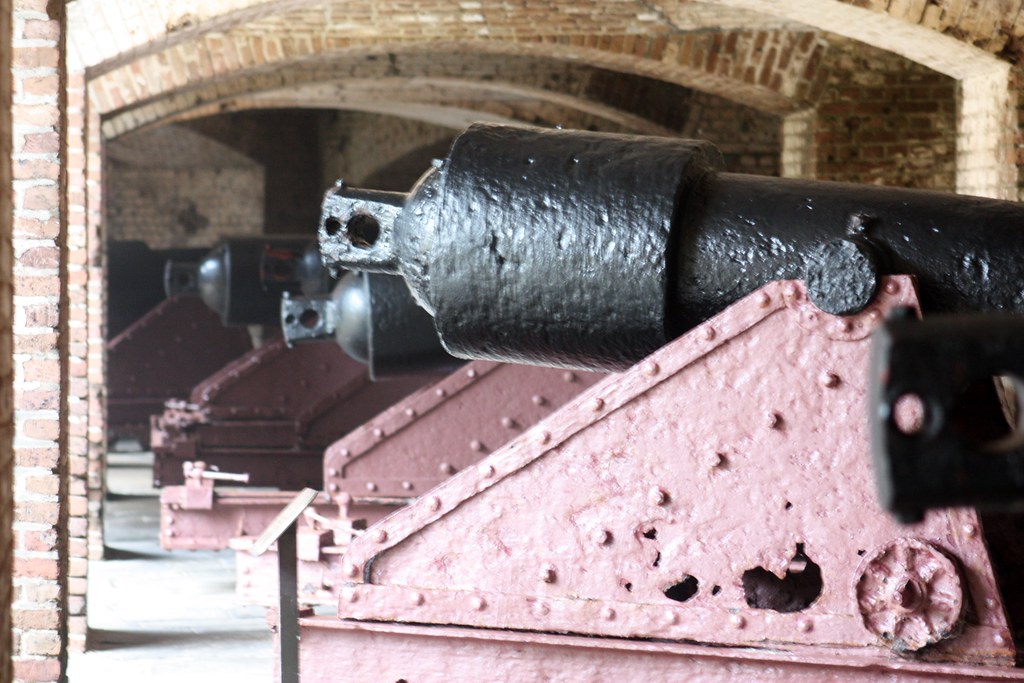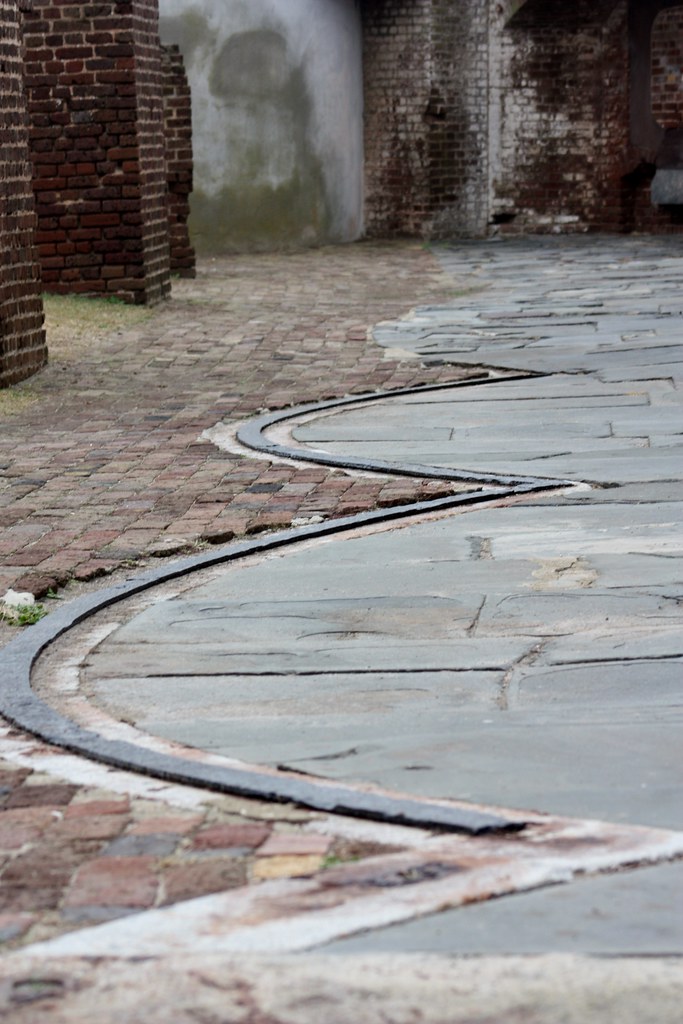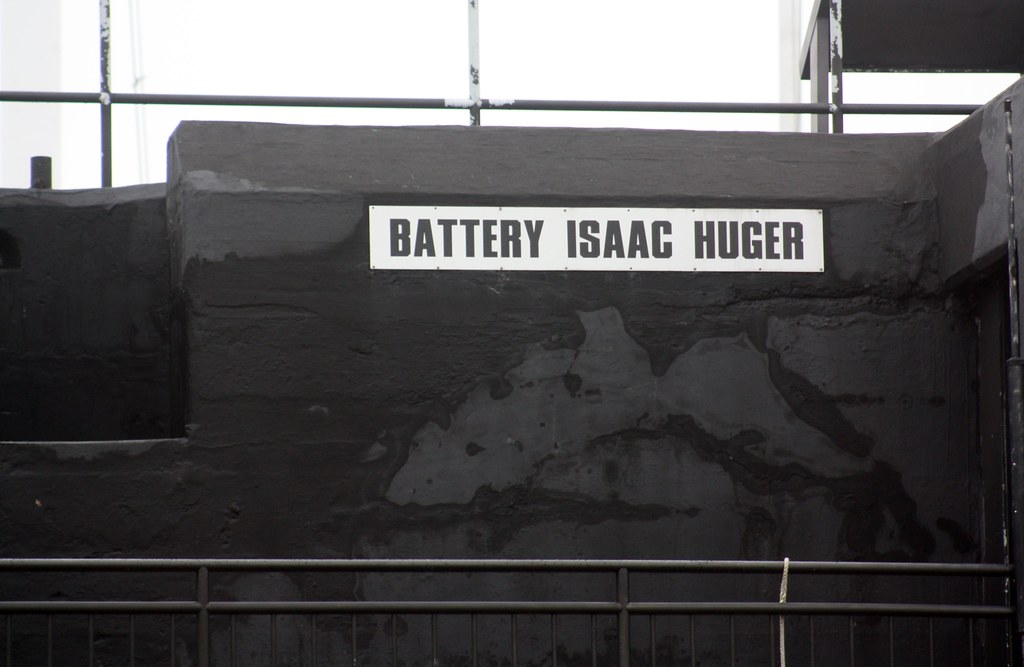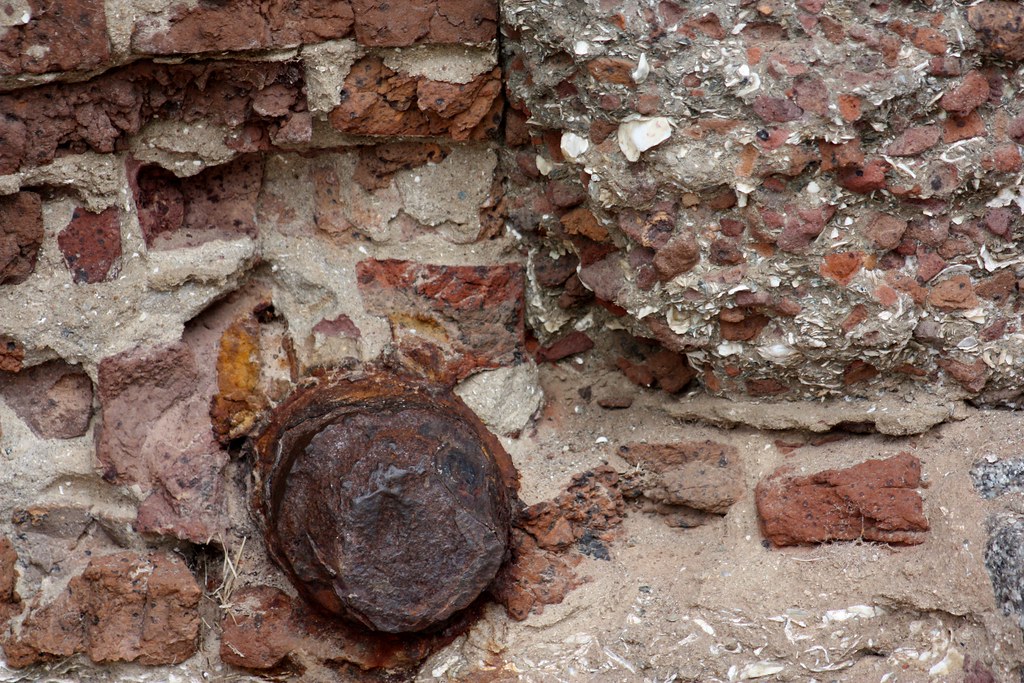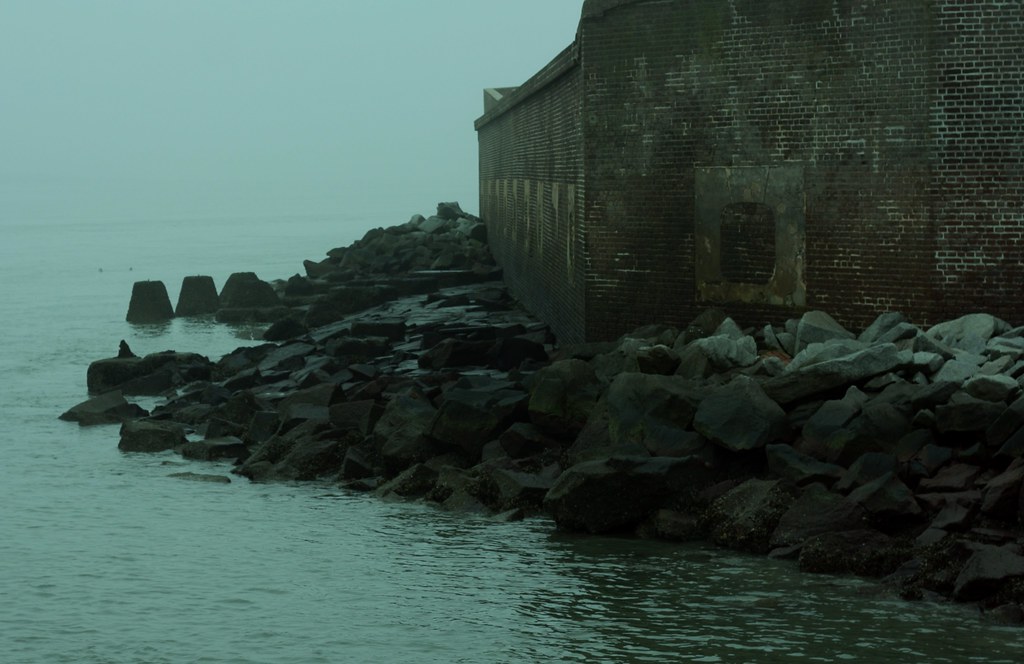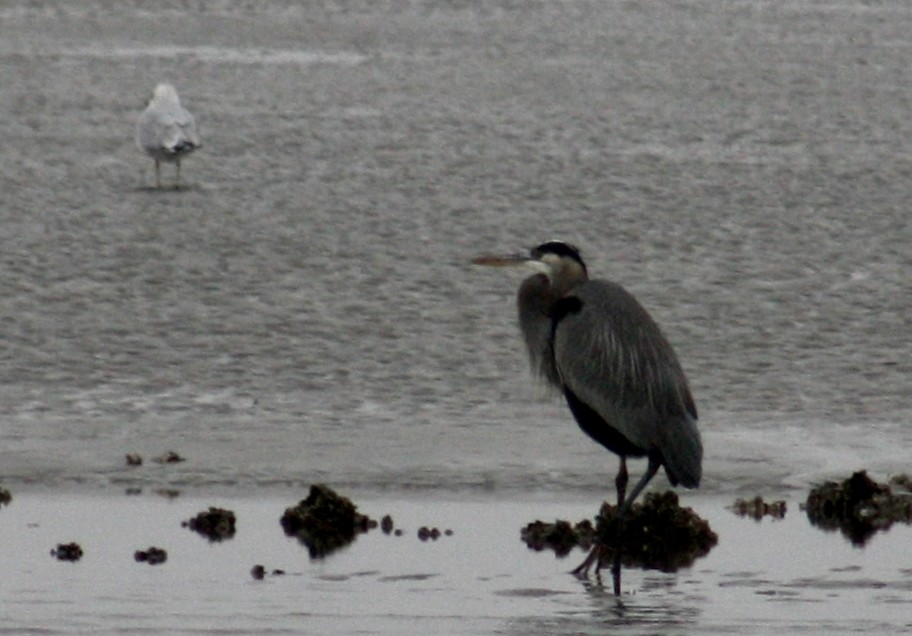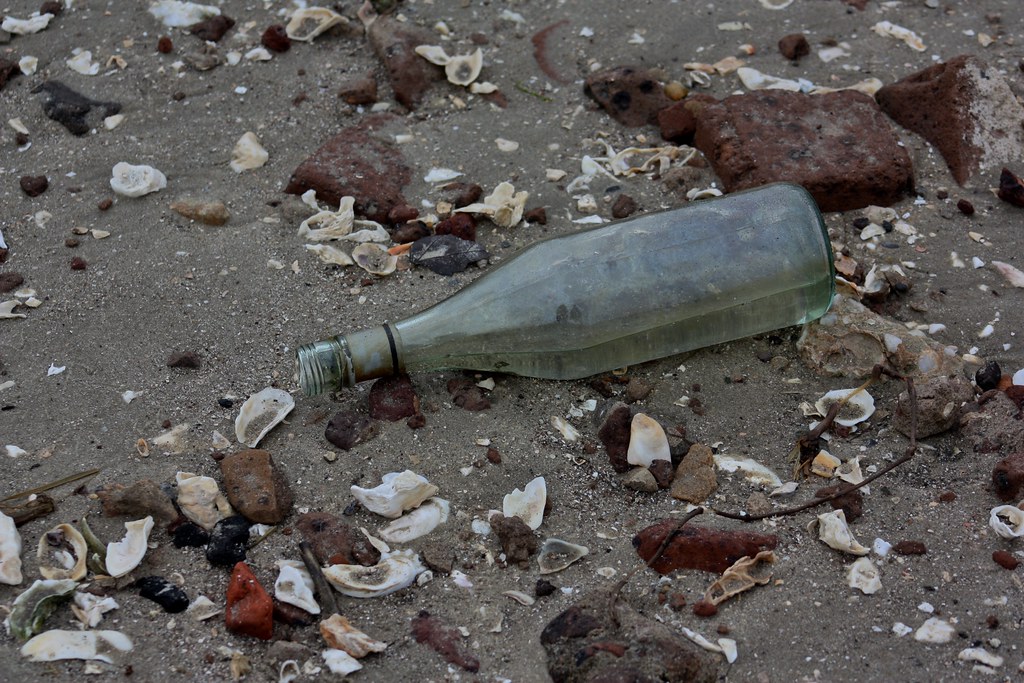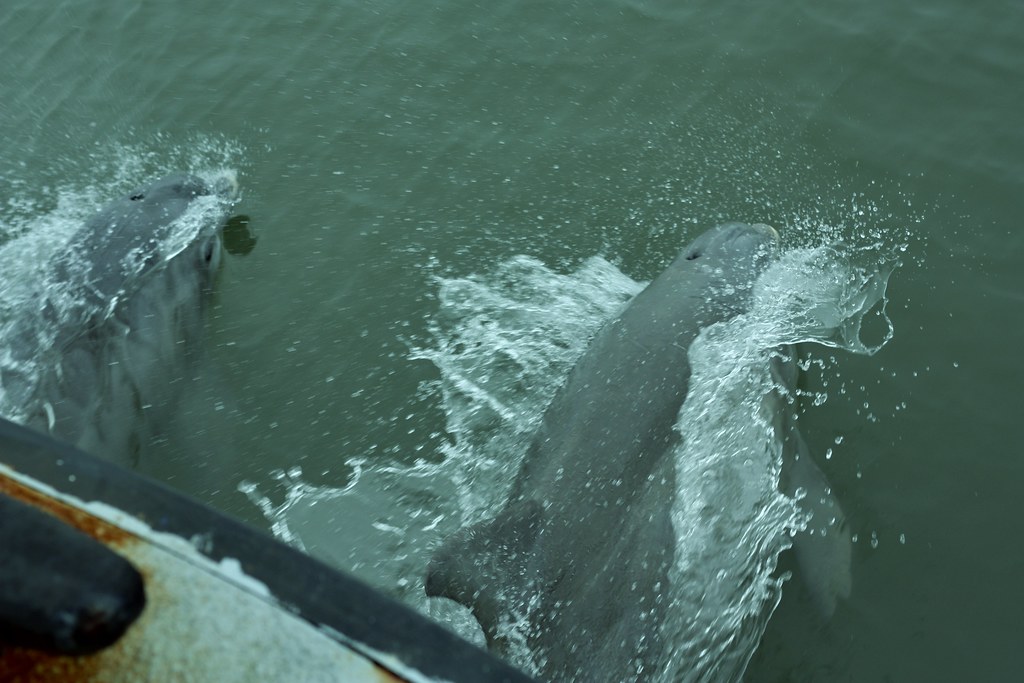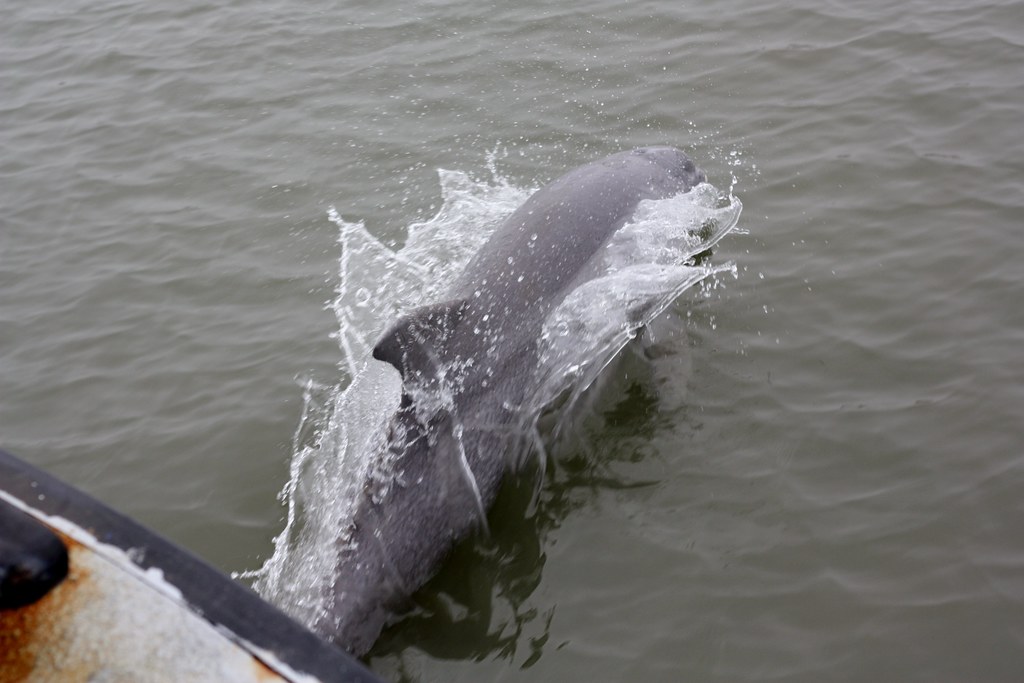
The marker is located at SE corner of S 3rd Street & Chancellor Street (Thomas Paine Place)
During my recent visit to Philadelphia, I came across the area where, on this day in 1776, Thomas Paine published his 47-page pamphlet “Common Sense“. He sold 500,000 copies which influenced both the political leaders and average colonists in uniting toward a common goal of independence.
The building is no longer there but I was thrilled to see the site where one of the most important documents of the Revolution was produced. “Common Sense” was definitely a game-changer. He wrote:
Europe, and not England, is the parent country of America. This new world hath been the asylum for the persecuted lovers of civil and religious liberty from every part of Europe. Hither they have fled, not from the tender embraces of the mother, but from the cruelty of the monster; and it is so far true of England, that the same tyranny which drove the first emigrants from home, pursues their descendants still.”
It’s fascinating to me how quickly Paine became a supporter of American Independence. While he was still living in England, he met Ben Franklin who happened to be at a debate in which Paine was impressing everyone in the audience. It was Franklin who encouraged him to immigrate to Philadelphia in 1774 and within two years he wrote “Common Sense”. After writing his pamphlet, he served in the US Army and with the Committee of Foreign Affairs. He returned to England in 1787, where he bravely continued to write in favor of Independence. He wrote “The Rights of Man” in which he supported the French Revolution. Because he was targeted as an anti-monarchist, he fled to France but was arrested in 1793 for not supporting the beheading of Louis XVI. Thomas Paine was scheduled to be executed himself, but thanks to the efforts of James Madison (who was serving as US minister to France), he was released in 1794. He remained in France until 1802. By invitation of Thomas Jefferson, he returned to the United States and died in 1809 in New York.
Although Thomas Paine was British, to me he was the epitome of an American. To be an American, I think less of where a person was born and more about their state of mind. He was courageous, opinionated, and envisioned what could be, not what was. He also had a positive long-term outlook which I admire. And what an exciting life he led.










